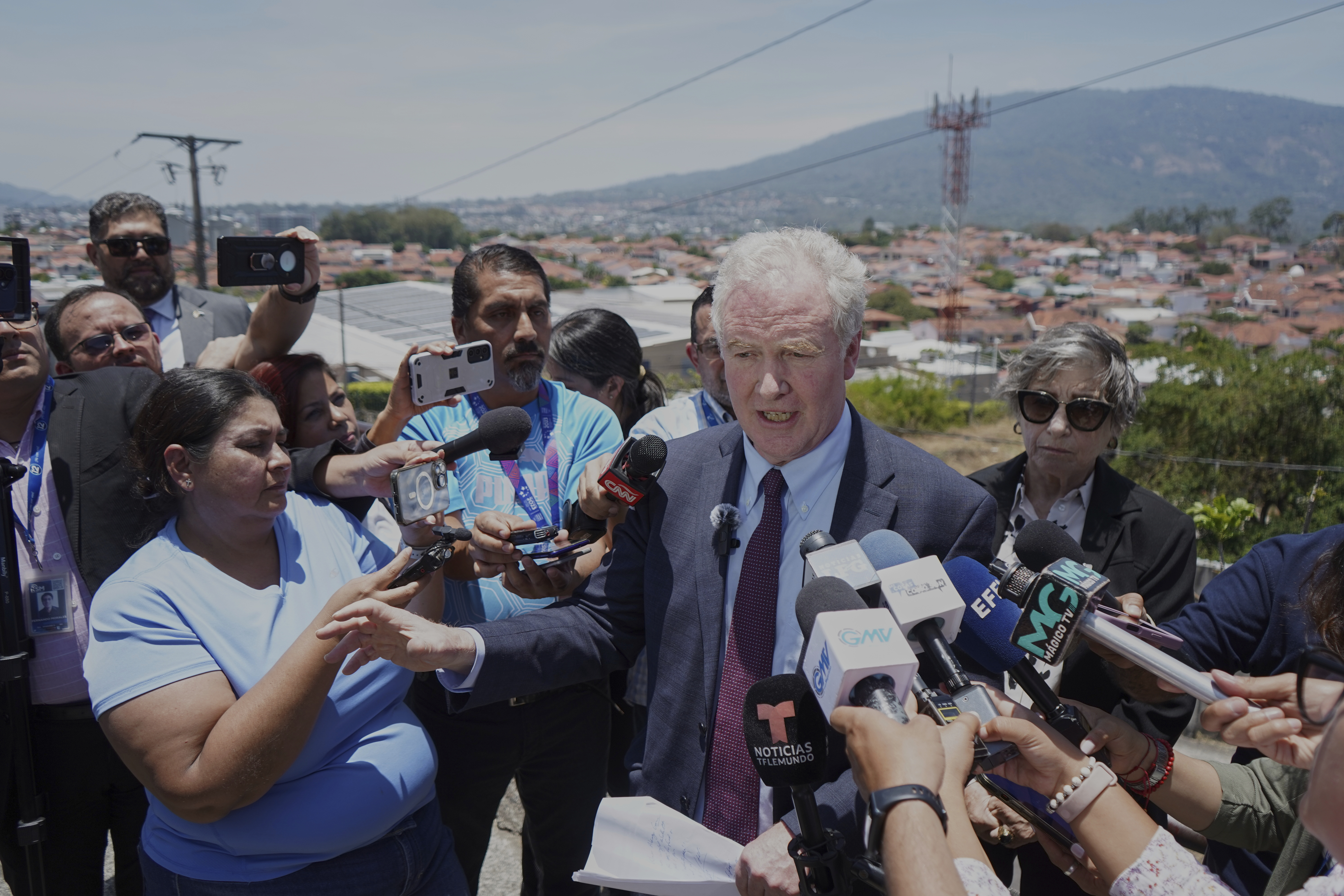As the FBI investigates the recent string of explosives sent to politicians and public figures, it's turning to the U.S. Postal Service for help. USPS' rigorous screening has helped make mail bombs and other threatening packages a rare occurrence.
USPS spends at least $100 million every year to screen all first-class mail between U.S. households and all mail destined for federal agencies. Its X-ray machines can spot bomb casings and even the explosives inside, and its agents know to look for odd shapes or excess postage that can indicate suspicious packages.
Federal mail is even more carefully processed. After the first round of screening, mail is exposed to high-energy radiation that kills any biological agents that might be inside.
For the most part, this keeps the U.S. mail system very safe. According to the Postal Inspection Service, of the 170 billion pieces of mail processed annually by USPS, a tiny fraction of those — "an average of 16" — were investigated as mail bombs.
But it's still not clear if or exactly how many of the recently mailed devices went through Postal Service screening. In one case, a package addressed to former Vice President Joe Biden was stopped at a postal facility in Delaware, while others are said to have been delivered by courier.
Additional reporting from Newsy affiliate CNN.










